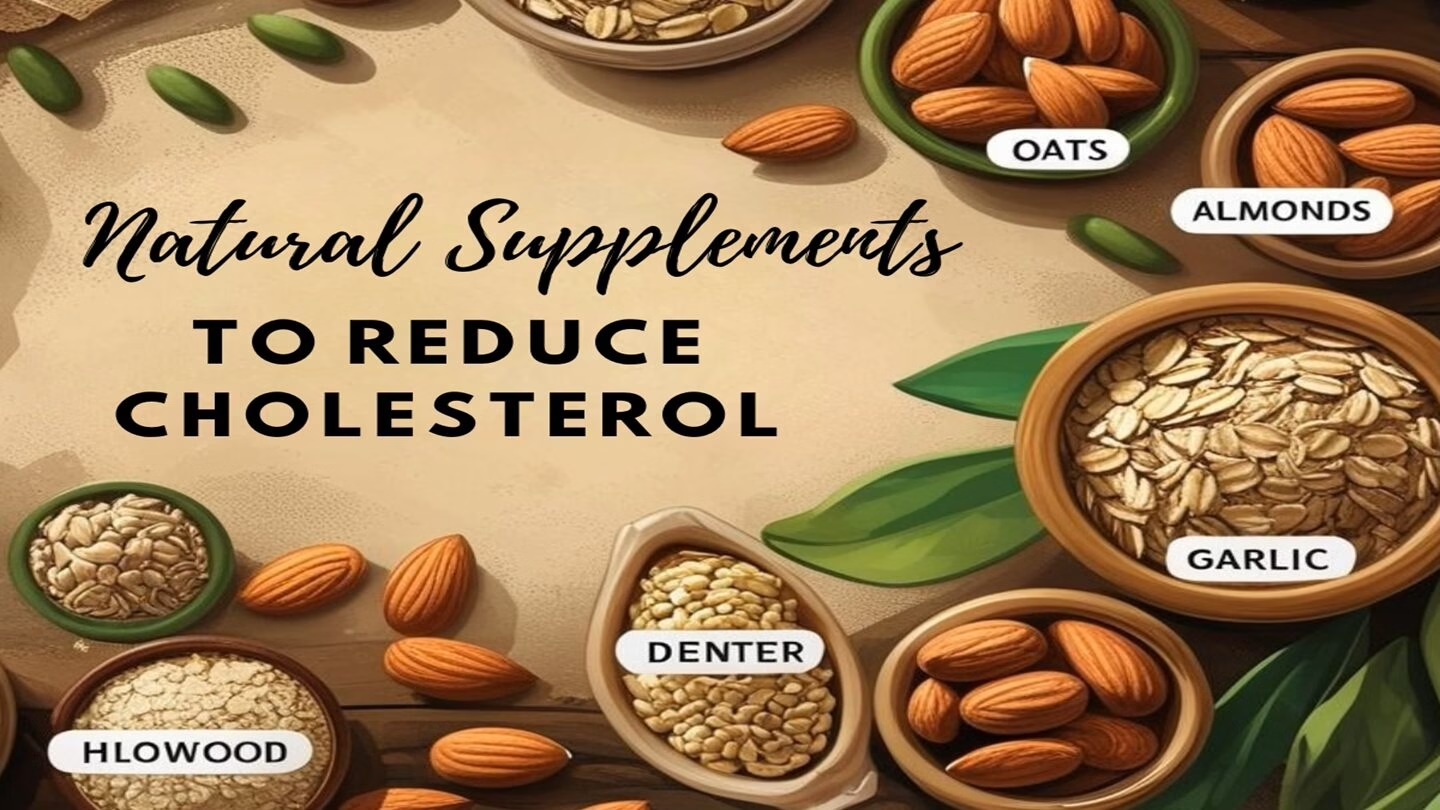Introduction
In the world of natural sweeteners, jaggery stands out as a golden gem, revered for its rich flavor and numerous health benefits. Derived from the sap of sugarcane or date palm trees, jaggery has been a staple in traditional medicine and culinary practices across many cultures for centuries. In this comprehensive exploration, we delve into the fascinating world of jaggery, uncovering its nutritional profile, health-promoting properties, and its versatile applications in modern cuisine.
Jaggery, also known as “gur” in Hindi, “panela” in Latin America, or “palm sugar” in Southeast Asia traces its origins to ancient times. It holds a revered status in traditional cuisines and medicinal practices around the globe. Derived from the sap of sugarcane or date palm trees, this golden sweetener boasts not only a rich flavor but also a plethora of health benefits. In this exploration, we delve into the nutritional richness and therapeutic properties of jaggery, shedding light on its potential to enhance well-being and culinary experiences alike.
Origins and Production of Jaggery

The production of jaggery is a time-honored process that begins with the extraction of sap from sugarcane or date palm trees. This sap undergoes a simple yet meticulous journey, involving boiling, evaporation, and solidification, ultimately resulting in the formation of jaggery blocks or cones. Unlike refined sugar, which undergoes extensive processing and refining, jaggery retains much of its natural goodness and nutrients due to minimal processing, making it a healthier alternative.
Nutritional Profile of Jaggery
Jaggery is not merely a source of sweetness; it is also a reservoir of essential nutrients and minerals. Rich in iron, magnesium, potassium, and calcium, jaggery serves as a natural repository of micronutrients crucial for maintaining optimal health. Additionally, it contains antioxidants and phytonutrients, further enhancing its nutritional profile and health-promoting properties.
Iron, a key component of jaggery, plays a pivotal role in preventing iron deficiency anemia, particularly in individuals with vegetarian or vegan diets. By facilitating the production of hemoglobin and improving oxygen transport in the body, jaggery aids in combating fatigue and promoting overall vitality.
Health Benefits of Jaggery
The consumption of jaggery offers a plethora of health benefits, making it a valuable addition to a balanced diet. Here are some notable advantages:
- Immune Boosting Properties: Jaggery contains antioxidants such as polyphenols and flavonoids, which bolster the immune system and help defend against infections and diseases.
- Digestive Aid: Jaggery aids in digestion by stimulating the production of digestive enzymes and promoting gut health. It can alleviate digestive discomforts such as constipation and indigestion.
- Respiratory Health Support: In traditional medicine, jaggery is often utilized as a remedy for respiratory ailments such as coughs and colds. Its antimicrobial properties soothe throat irritation and alleviate respiratory symptoms.
- Blood Sugar Regulation: Despite its sweetness, jaggery has a lower glycemic index compared to refined sugar, causing a slower and steadier rise in blood sugar levels. This makes it a suitable option for individuals with diabetes when consumed in moderation.
- Bone Health Enhancement: The calcium and magnesium content in jaggery contributes to bone strength and density, reducing the risk of osteoporosis and fractures.
Incorporating Jaggery into Your Diet
From beverages to desserts, jaggery can be incorporated into various culinary creations to add both flavor and nutritional value. Here are some creative ways to enjoy jaggery:
- Sweetening Beverages: Replace refined sugar with jaggery in teas, coffees, and smoothies for a natural sweetness with added health benefits.
- Baking and Desserts: Use jaggery in baking recipes such as cookies, cakes, and muffins to enhance flavor and texture while reducing the glycemic impact.
- Traditional Dishes: Explore traditional recipes from different cuisines that feature jaggery as a key ingredient, such as Indian desserts like “gulab jamun” or savory dishes like “tamarind chutney.”
- Snack Bars and Energy Bites: Create homemade snack bars or energy bites using jaggery as a binder and sweetener, combining it with nuts, seeds, and dried fruits for a nutritious treat.


Conclusion
In conclusion, jaggery emerges as a golden sweetener endowed with a myriad of health wonders waiting to be explored. Its nutritional richness, coupled with its diverse health benefits, makes it a valuable addition to any diet. By embracing jaggery in various culinary endeavors, one can savor its unique flavor while reaping the rewards of its therapeutic properties. Let the golden sweetness of jaggery enrich your culinary experiences and contribute to your journey towards holistic well-being.
ABOUT THE AUTHOR
Dr. Abid Akram is a dedicated medical practitioner known for his patient-centered approach and strong clinical expertise. With an MBBS degree and years of hands-on experience, he has developed a keen interest in preventive healthcare and internal medicine. Dr. Abid firmly believes that health is not just about treating illness but about empowering individuals to make lifestyle choices that prevent disease and promote long-term well-being. His approachable personality and ability to explain complex medical concepts in simple terms make him a trusted doctor among his patients. Outside of his clinical practice, Dr. Abid contributes to community health awareness programs, aiming to bridge the gap between medical knowledge and everyday life.






















Add comment